Ivor Novello Awards are some of the most renowned in music. Now, a piece made for Uist’s machair is in the running for one.
“I actually got a bit emotional when I found out about the nomination,” says composer Duncan MacLeod, recalling the moment he heard that his Uist-based soundwalk Machair was in the running for an Ivor Novello Classical Award.
The Ivors Academy has recognised artists from Sting to The Beatles in awards ceremonies since 1956.
Ivor Novello Classical Awards are “classical music’s equivalent to the BAFTAs”, Duncan says.
‘Almost like an outdoor audio guide’
He created Machair while working as a musician-in-residence at Taigh Chearsabhagh, North Uist’s community arts hub.
The soundwalk uses modern technology to transform the idea of what it means to be part of an audience. Rather than sitting still, listeners take their phone and walk through a route across a part of Uist’s Liniclate machair to fully experience the composition.
“I think of it almost like an outdoor audio guide,” says Duncan. “The app is registering where you are in GPS coordinates, and I’ve set sounds to appear at certain points.”
These sounds range from field recordings to archival audio.
Machair was made last year as part of Taigh Chearsabhagh’s programme for the Scotland-wide Dandelion project.
Dandelion describes itself as a “six-month creative celebration of growing, music and community”.
“A key thread of Dandelion was post-Covid recovery,” Duncan says.
The soundwalks, alongside other projects like Taigh Chearsabhagh’s Unexpected Gardens, worked perfectly as “outdoor events where folks could come together, but also socially distance and feel comfortable”.
But, while the full soundwalk experience is linked to Uist itself, anyone can enjoy the piece from anywhere in the world over the internet.
“It’s proved itself that this is something that’s continued on beyond the Dandelion festival,” Duncan says.
‘Really engage with crofting traditions’
Duncan is based in Aberdeen, but his ties to the Western Isles are more than just artistic.
His father is from Harris, and his mother’s family is from Lewis.
“I still have a great aunt that’s running the family croft,” he says. “For me on a personal level, it was an opportunity to really engage with crofting traditions and the way the land is used.”
It’s not just his own past that Duncan reflects on in Machair.
‘Multi-generational voices’
The soundscape uses a wealth of archival recordings, highlighting traditional folk songs.
“There’s a walking song, which is about gathering seaweed,” Duncan says. “There was a really poignant moment when I was in the Archives in Edinburgh, and I was leafing through, and I actually found that it was some of my great aunts singing on that walking song.”
And, through interviews, voices from the past are joined by those from the present.
Listeners hear from everyone from crofters and scientists to local children as they walk through the soundscape.
“For me it was really wonderful to get those multi-generational voices speaking to these traditions of working on the machair,” Duncan says.
Traditional songs — and music made by plants
Alongside many human voices, the soundscape also lets listeners hear from some of the machair’s other inhabitants – its plant life.
“[The soundscape] is utilising a piece of equipment called Midi Sprout that you can attach to a plant,” Duncan says. “It doesn’t damage the plant, but what it does is read the rate at which water is being passed through through the plant.”
“And then what I do is take that data and turn that into music.”
The ‘voice’ of a meadow buttercup towards the end of the piece is, Duncan says, “a moment where things just came together.”
And, despite how many elements the soundwalk involves, that’s a feeling that Duncan says describes the whole project.
“For me, in some respects, the piece just created itself,” he says.
‘The machair isn’t an accident’
The Ivor Novello Classical Awards will take place on November 14. Machair is nominated in the Best Sound Art category.
“It’s just so wonderful to get recognition for the work, and recognition for the folks that were involved in the project,” Duncan says.
For him, the award wouldn’t just go to his piece, but to Uist’s history as a whole.
“The machair isn’t an accident,” he says. “The machair has come into being because of hundreds of generations of folk working this really unique landscape.”
The nomination means that “we have recognition of the stories, the music, on this relatively small island on a really quite national stage and platform.”
More local reporting from the Western Isles:

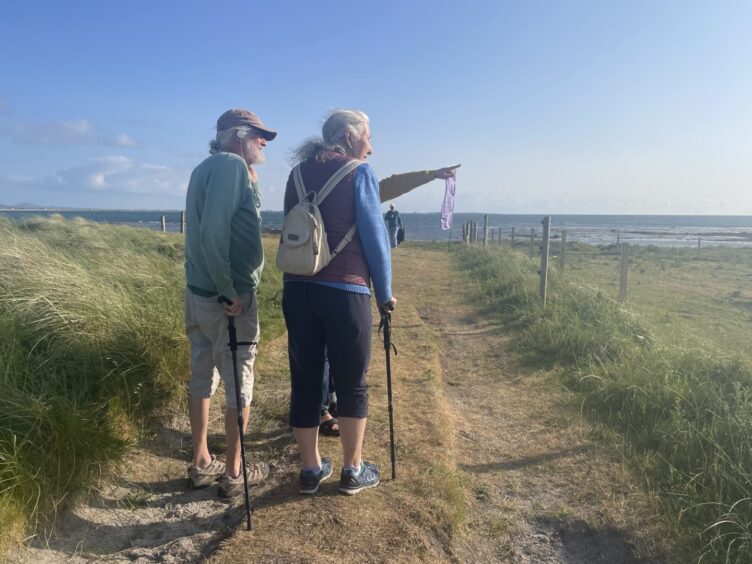
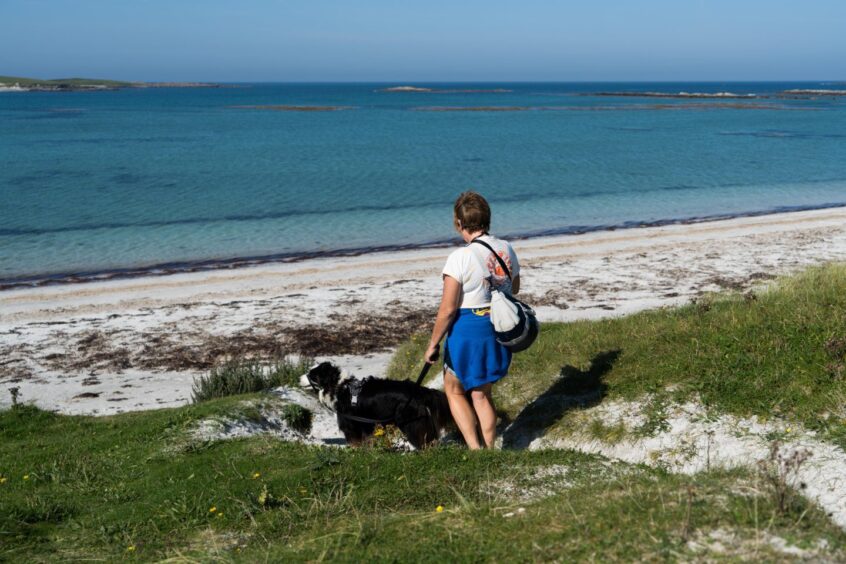

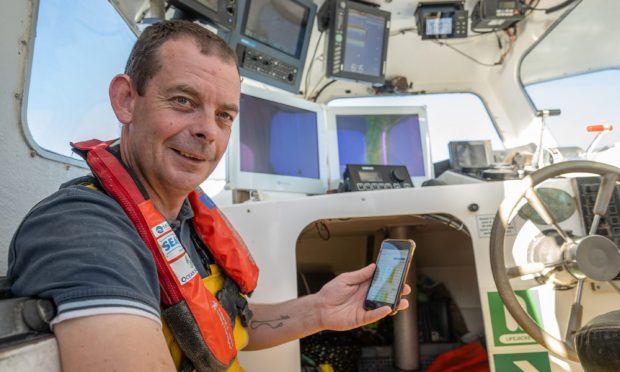
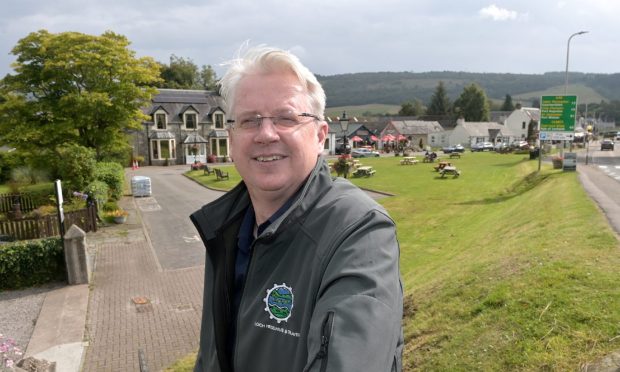

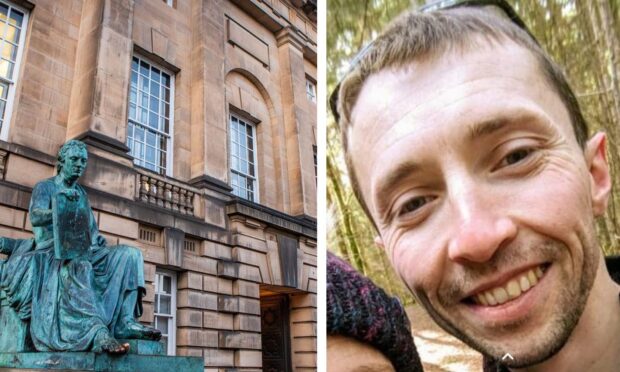



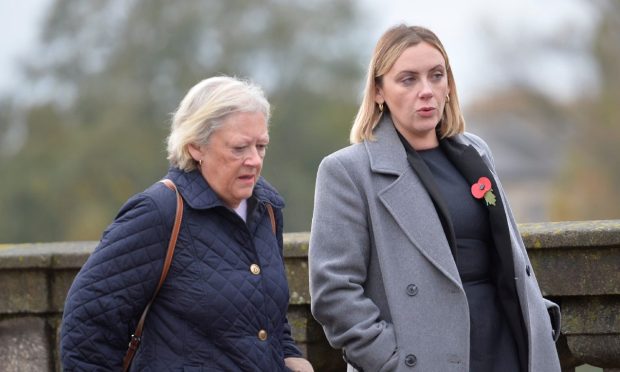

Conversation